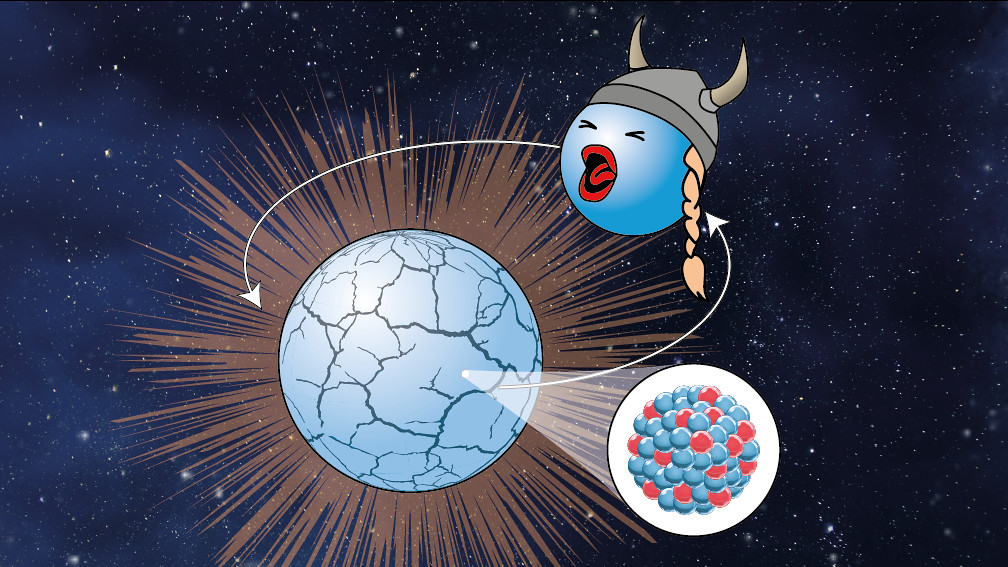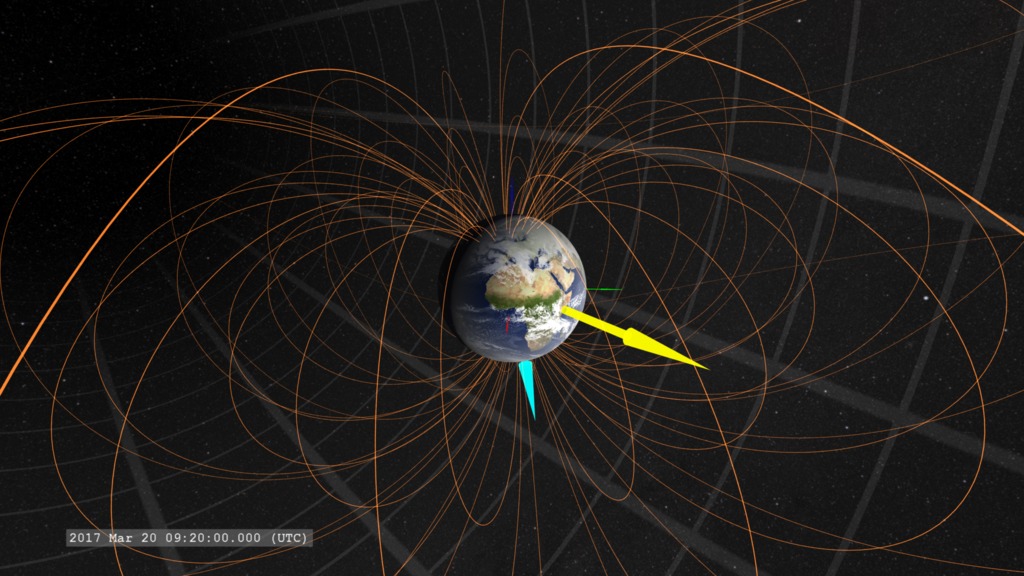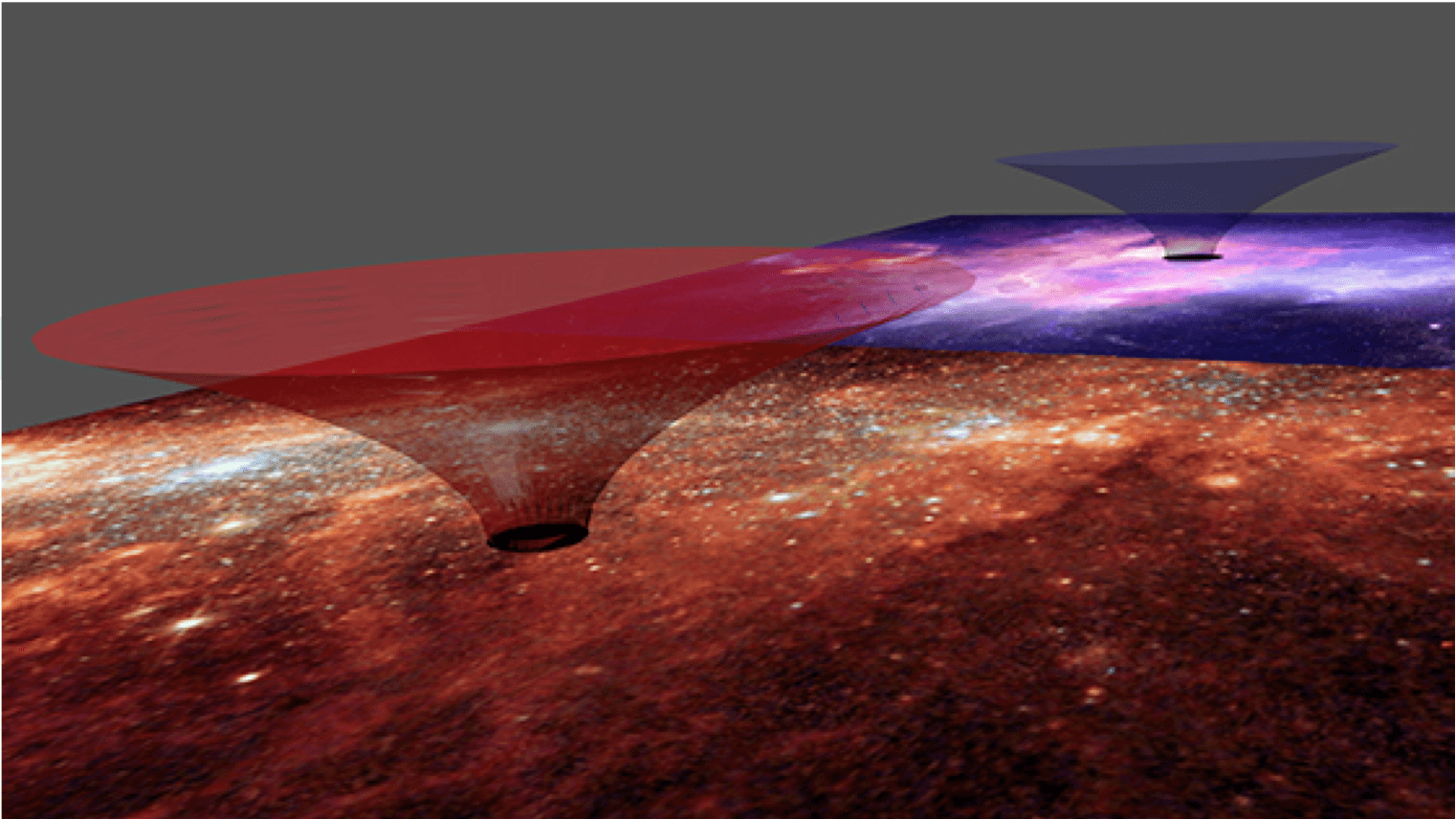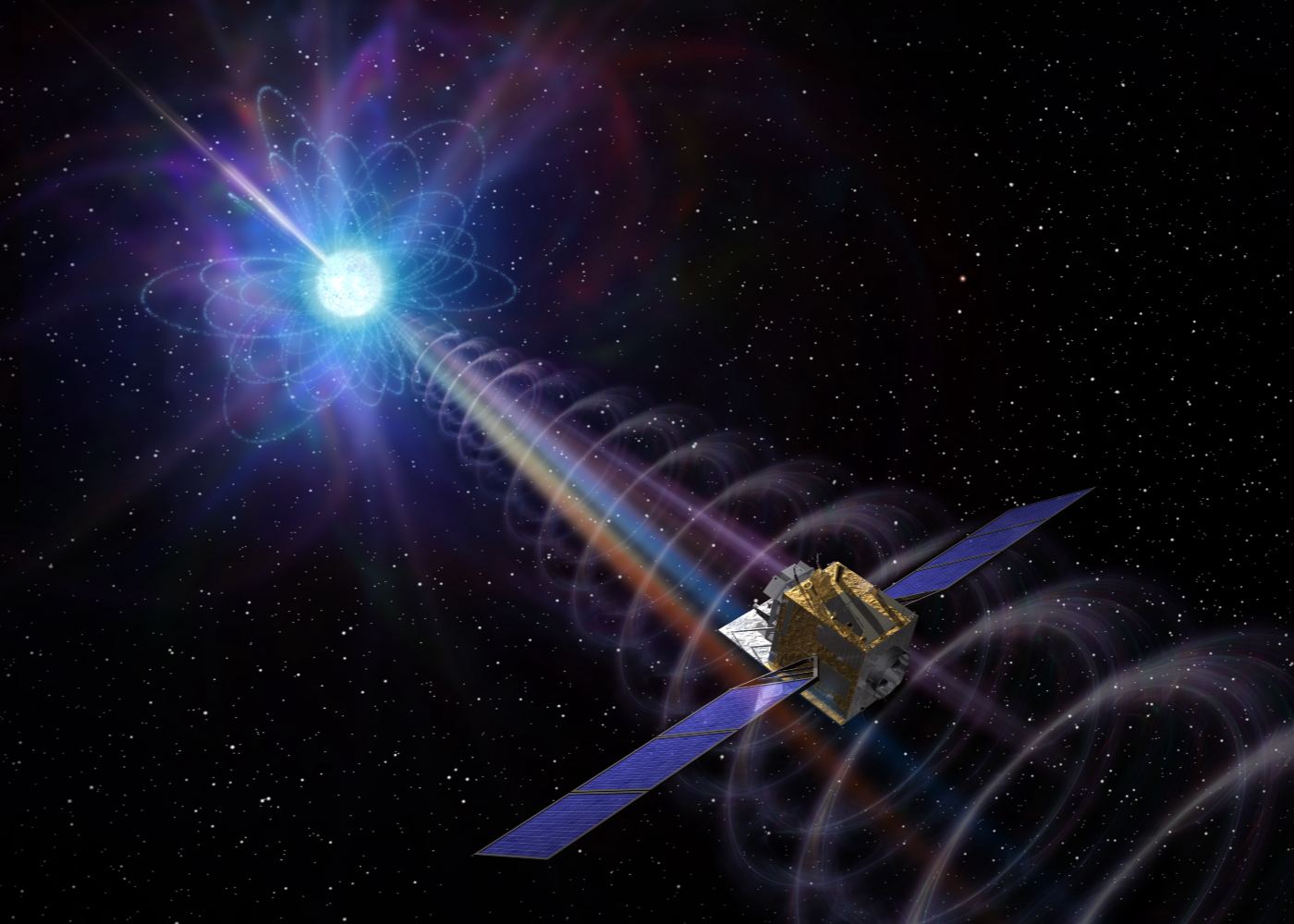Imagine trying to study an object light-years away that is less than 20 kilometers in diameter. The object is so dense that it’s made of material that can’t exist naturally on Earth. This is the challenge astronomers face when studying neutron stars, so they have to devise ingenious ways to do it. Recently a team figured out how to study them by using the power of resonance.
Continue reading “A new way to see Inside Neutron Stars”The Event Horizon Telescope has Revealed the Magnetic Field Lines Around M87's Central Black Hole
In 2019 astronomers captured the first direct image of a black hole. It was an image of the supermassive black hole at the heart of M87. And when many folks saw it, their reaction was “that’s it?” Which is understandable, given that the image is just a blurry, donut-shaped smudge. It isn’t much to look at. But an astronomical image is a small fraction of the data gathered by astronomers. Recently more of that data has been analyzed, including both the polarization of the light and the magnetic field surrounding the black hole.
Continue reading “The Event Horizon Telescope has Revealed the Magnetic Field Lines Around M87's Central Black Hole”Gravitational Lenses Could Allow a Galaxy-Wide Internet

As Carl Sagan once said, “The sky calls to us. If we do not destroy ourselves, we will one day venture to the stars.” And our first emissaries to the stars will be robotic probes. These interstellar probes will be largely autonomous, but we will want to communicate with them. At the very least we will want them to phone home and tell us what they’ve discovered. The stars are distant, so the probes will need to make a very long-distance call.
Continue reading “Gravitational Lenses Could Allow a Galaxy-Wide Internet”There Could be Magnetic Monopoles Trapped in the Earth's Magnetosphere
Electricity and magnetism have a lot in common. They are connected by the unified theory of electromagnetism, and are in many ways two sides of the same coin. Both can exert forces on charges and magnetic fields. A changing electric field creates a magnetic field and vice versa. Elementary particles can possess electric and magnetic properties. But there is one fundamental difference.
Continue reading “There Could be Magnetic Monopoles Trapped in the Earth's Magnetosphere”Wormholes Could Allow Travel Across the Universe, as Long as Your Spacecraft is Microscopic
In my last post, I talked about the idea of warp drive and whether it might one day be possible. Today I’ll talk about another faster-than-light trick: wormholes.
Continue reading “Wormholes Could Allow Travel Across the Universe, as Long as Your Spacecraft is Microscopic”Alcubierre Gives us an Update on his Ideas About Warp Drives
If you want a galaxy-spanning science fiction epic, you’re going to need faster than light travel. The alternative is taking decades or centuries to reach an alien star system, which isn’t nearly as much fun. So, you start with some wild scientific idea, add a bit of technobabble, and poof! Quam Celerrime ad Astra. Everything from wormholes to hyperspace has been used in sci-fi, but perhaps the best known FTL trope is warp drive.
Continue reading “Alcubierre Gives us an Update on his Ideas About Warp Drives”What's the Connection Between Stellar-Mass Black Holes and Dark Matter?

Imagine you are a neutron star. You’re happily floating in space, too old to fuse nuclei in your core anymore, but the quantum pressure of your neutrons and quarks easily keeps you from collapsing under your own weight. You look forward to a long stellar retirement of gradually cooling down. Then one day you are struck by a tiny black hole. This black hole only has the mass of an asteroid, but it causes you to become unstable. Gravity crushes you as the black hole consumes you from the inside out. Before you know it, you’ve become a black hole.
Continue reading “What's the Connection Between Stellar-Mass Black Holes and Dark Matter?”Almost all High-Energy Neutrinos Come From Quasars

Buried under the ice at the South Pole is a neutrino observatory called IceCube. Every now and then IceCube will detect a particularly high-energy neutrino from space. Some of them are so high energy we aren’t entirely sure what causes them. But a new article points to quasars as the culprit.
Continue reading “Almost all High-Energy Neutrinos Come From Quasars”An Exotic Explanation for the Most Extreme Gravitational Wave Detected so far
In May of 2019, the gravitational wave observatories LIGO and Virgo detected the merger of two black holes. One had a mass of 85 Suns, while the other was 66 solar masses. The event was named GW190521 and was the largest merger yet observed. It produced a 142 solar mass black hole, making it the first gravitational wave observation of an intermediate mass black hole. But the event also raised several questions.
Continue reading “An Exotic Explanation for the Most Extreme Gravitational Wave Detected so far”One Type of Fast Radio Bursts… Solved?
Every now and then there is a burst of radio light in the sky. It lasts for just milliseconds before fading. It’s known as a Fast Radio Burst (FRB), and they are difficult to observe and study. We know they are powerful bursts of energy, but we aren’t entirely sure what causes them.
Continue reading “One Type of Fast Radio Bursts… Solved?”






